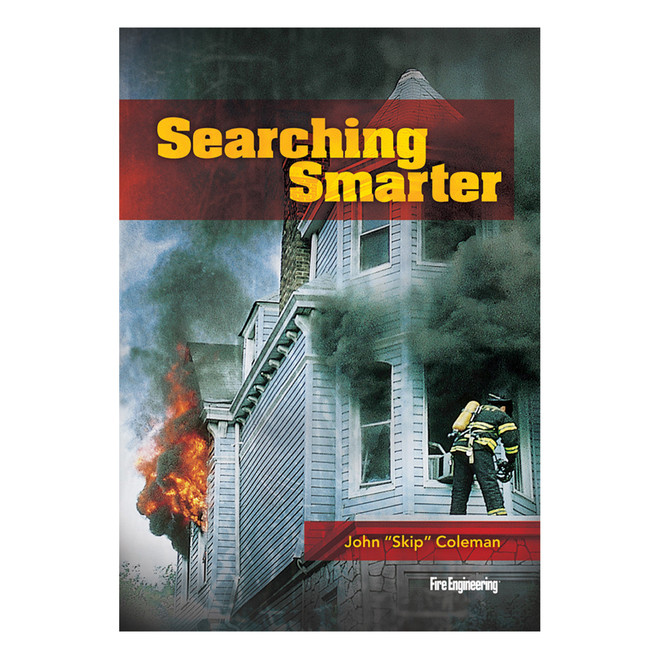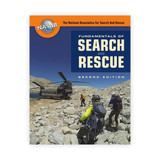Searching Smarter
Searching Smarter defines the three most common types of search (the standard, oriented, and team search) and applies them to existing common occupancy types (residential and commercial occupancy).
It also discusses the relationship between command and other divisions/groups, search basics, and reading buildings for search. It is an important resource for firefighters riding all apparatus types, company and chief officers, and paid and volunteer firefighters.
Contents: The scope of the problem, Types of search used today, Incident commander and the search group, The relationship between search and groups/divisions, The standard method of search, Team search, The oriented search, Vent/Enter/Search (VES), Search basics, Primary and secondary searches, Prioritizing search, Search vs. rescue, Reading the building for search, Where to start and where to stop searches, How long should a search last?,
Searching with a hoseline, Searching with a tool, Searching with a thermal imager, Single family occupancies, Multi-family occupancies, Low-rise motels, Nursing homes and other health care/institutional occupancies, Restaurants, Strip malls, Places of worship, Industrial occupancies, Newer office buildings & Large malls and big box stores.
Searching for trapped building occupants during fire extinguishment operations and combing fire scenes for evidence after the blaze is extinguished are inherent parts of a firefighter’s job. This is why the text Searching Smarter was created. By using the text to become more efficient in search operations, firefighters can save more lives and process fire scenes for evidence more efficiently.
Common Types of Search
Searching Smarter focuses on the three most common types of fire search operations -- standard search, oriented search, and team search -- and applies them to common types of residential and commercial building occupancy.
The information provided on these basic types of search can aid a variety of fire department employees in performing or overseeing search operations. The text contains material that paid firefighters, volunteer firefighters, company officers and chief officers will find useful.
Essential Search Related Topics
In addition to focusing on basic types of search, the text addresses more specific subjects that apply to search missions, including: prioritizing the search, where to start and stop searches, searching with tools, and determining how long a search should last, to name a few.
You will also learn to apply information for these subjects to a variety of residential and commercial construction types, particularly: single and multiple family residences, low-rise motels, nursing homes and other healthcare facilities, industrial facilities, office buildings, shopping malls, places of worship, office buildings and big box stores.
Start Learning Today
The more you know about about conducting searches to rescue building occupants and gather evidence, the more effective you will be as a firefighter, or as a fire department leader who oversees search operations. To increase your knowledge of fire department search operations, order your copy of Searching Smarter today.
262 pages










